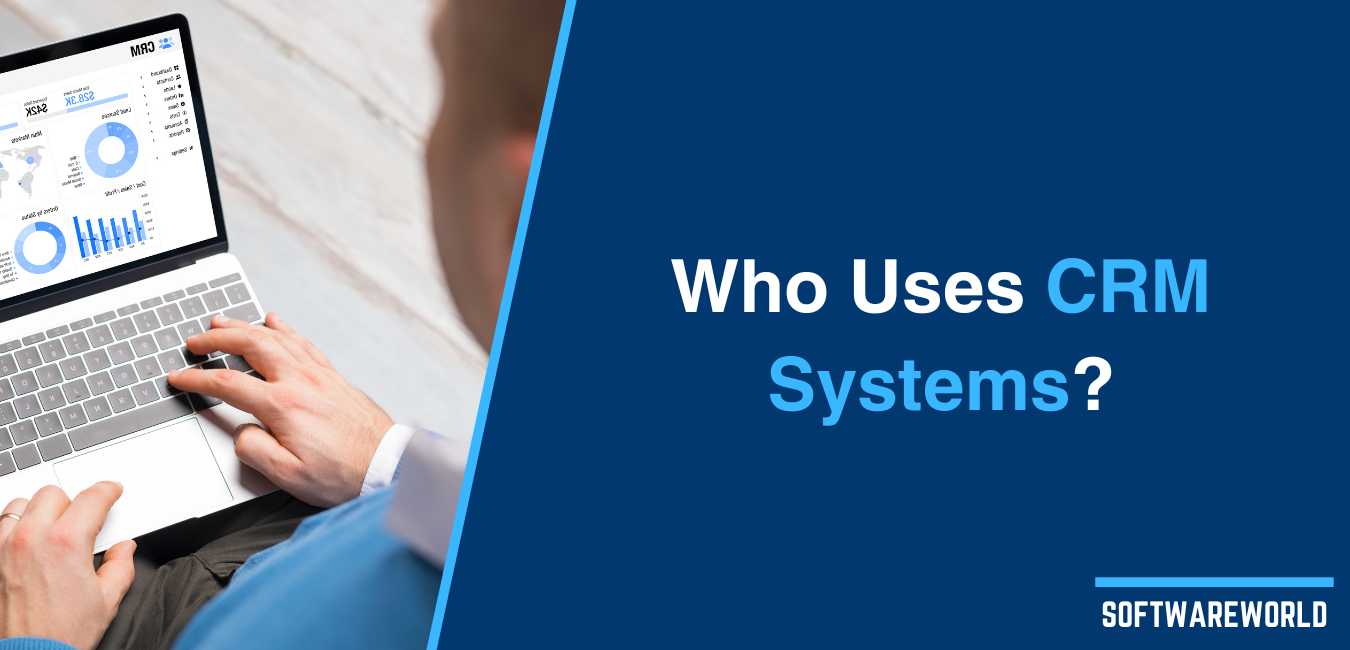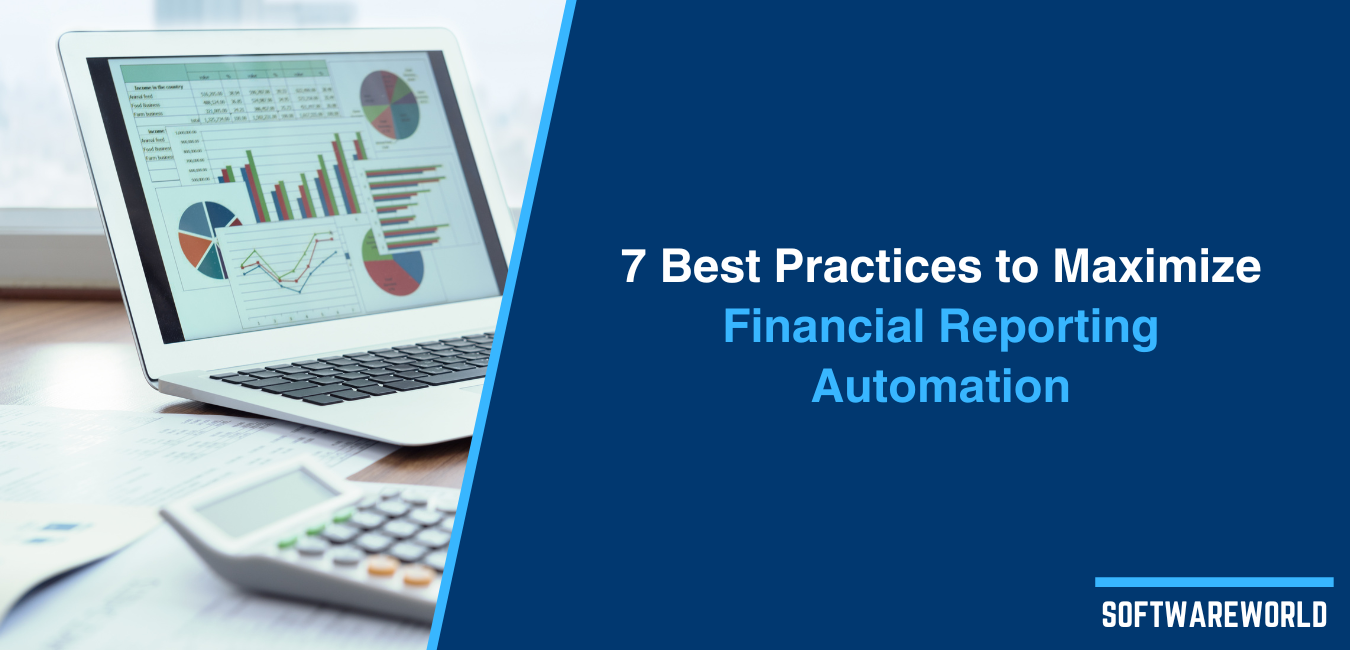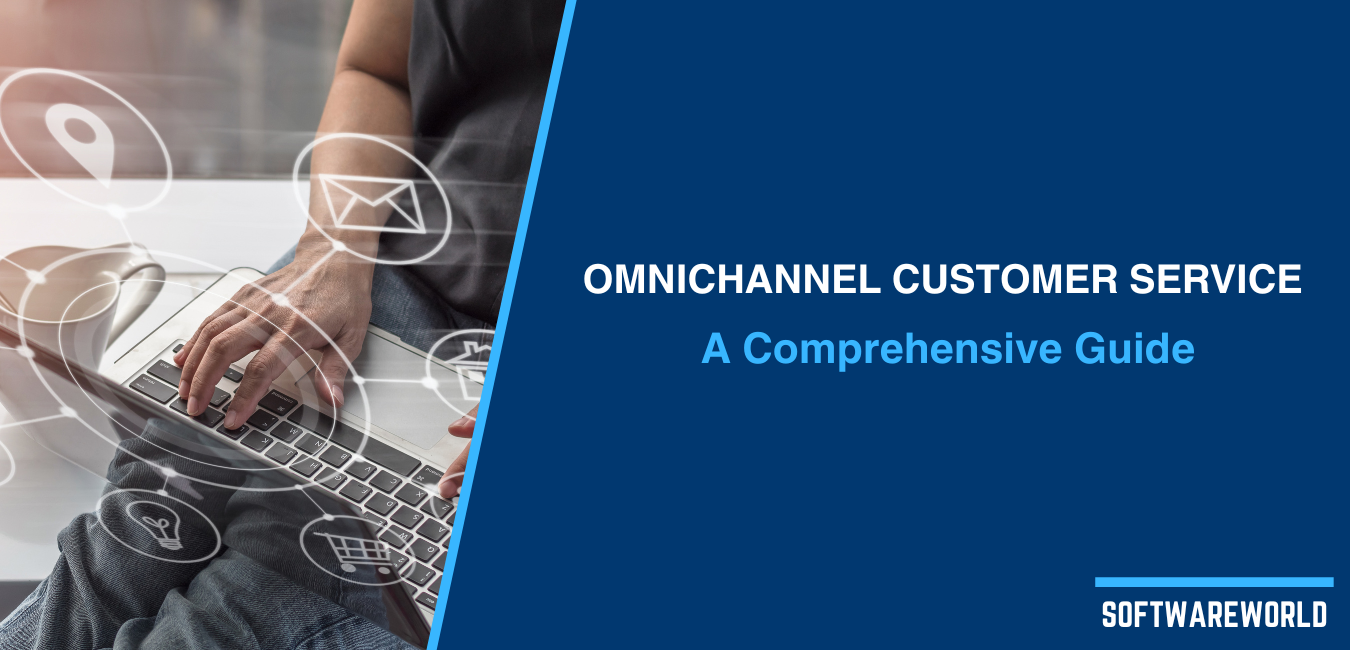Table of Contents
» What is the omnichannel customer journey?
The omnichannel customer journey is the steps customers take to interact with your business, whether it's buying a product or signing up for a free demo across multiple channels. Businesses that have an omnichannel customer journey are concerned with creating a seamless experience across these channels, whether it’s in a physical store, on social media, on their website, or anywhere else. When optimizing the omnichannel customer journey, companies can use a range of techniques and software, fromcustomer retention software to different payment options, to ensure the customer experience is seamless, convenient, and consistent.» The top five benefits of an effective omnichannel customer journey
1. Customer-centric approach
By attending to the omnichannel customer journey, you’re putting the experiences of your customers first. Rather than focusing only on one channel and letting the others suffer, you ensure that customers are satisfied whichever way they interact with your business. In addition to this, omnichannel experiences are increasingly the norm. Customers expect to be able to move seamlessly from one channel to another and may turn to your competitors if you can’t offer that.2. Convenient and accessible
Some customers want to visit a physical store. Others want to shop via a mobile app. While your target audience may have a preferred channel, the omnichannel customer journey ensures that all customers have their needs met.3. Consistent, memorable branding
A trustworthy, credible brand is one that has consistent visuals and messaging regardless of what channel your customer is using. Whether it’s your logo, color palette, tone of voice, or key phrases, customers expect this to remain the same.
Image sourced from edelman.com
Memorable, consistent branding doesn’t just meet customer expectations. It also helps you develop a strong brand and encourages your customers to become brand advocates, caring about and feeling familiar with your values.4. More efficient marketing
You might be worried that omnichannel means more work for your marketing team, but this isn’t the case. In fact, by creating a consistent omnichannel strategy and implementing tools like marketing automation software and data integration platforms, you can make things easier and more streamlined for your marketers. For example, content repurposing means you can reuse content produced for one channel, such as your website blog, for another channel, such as your social media pages. Not only does this save time, but it also means you’re providing consistent messaging and content across channels.5. More adaptable and flexible
Omnichannel experiences aren’t static. Instead, they’re constantly shifting according to customer needs. By prioritizing omnichannel customer journeys now, you prepare for the future when certain platforms may increase or decrease in popularity. The steps below will help you build flexibility into your omnichannel strategy since many are driven by customer behaviors and data. Rather than trying to guess what your customers need or how their actions are changing, assessing their behavior across different channels will help you be more agile when it comes to addressing their needs.» How to optimize your omnichannel customer journey: Eight key steps
1. Map out your omnichannel customer journey
Understanding your omnichannel customer journey requires careful planning and a strong understanding of your customer and their needs. You should start by creating customer personas so you can understand the journey of your target audience.
Image sourced from influencermarketinghub.com
Next, it’s time to map out their journey. For each persona, create a customer journey map by identifying all potential customer touch points. These could include your website, your social media pages, in-store interactions, and emails. Once you’ve created your journey maps, break each touch point down into pain points. What problems or frustrations might customers encounter at each of these steps? What might prevent them from moving to the next step or from making a purchase?Software tip: You don’t need to create omnichannel customer journey maps alone. There’s software out there to help, such as UXPressia and LucidChart.2. Integrate across all channels
Now you have an overview of all your channels and touchpoints, it’s time to ensure everything is integrated and consistent. The first step is making sure your branding, from visuals to tone of voice, is identical across each channel. Be sure to unify customer data across channels, too. When it comes to ensuring customer satisfaction, it’s essential that their data is available at each touch point. Use customer data platforms (CDPs) to create a single, centralized customer database that can then be accessed whether they’re in-store or on your website. Software tip: Marketing automation tools like HubSpot and Marketo are incredibly useful for your omnichannel marketing strategy. By empowering your marketing team with automation tools, you can create and schedule messages in a unified platform and ensure consistent messaging across all channels.3. Personalize
Omnichannel experiences can be significantly improved if you implement personalization tools. These typically gather customer data or use customer behaviors on your website to deliver personalized messages and even product recommendations. Past purchases, items in an abandoned cart, or time spent on certain pages can all trigger personalized messaging, which can be delivered at multiple customer touchpoints. This might include a chatbox offering recommendations or more information, personalized product recommendations via email, or targeted social media ads. Software tip: If you want to incorporate personalization into your marketing strategy, a robust customer relationship management (CRM) platform like Hubspot or Pipedrive is essential.4. Engage in real-time
Personalized experiences often happen in real-time, which also covers another way you can enhance the omnichannel experience for your customers. While engaging with customers in physical stores is an obvious real-time interaction, there are ways you can engage live online, too.
Image sourced from newstore.com
Live chat and chatbot features are great tools for real-time interactions. Let’s say a customer is browsing your website. A live chat box can appear, offering to answer questions or provide tips. Likewise, if a customer abandons their cart, a follow-up email can be sent right away to ask if they need further help. Software tip: AI-powered chatbots are increasingly popular and can offer customers automated, real-time advice and recommendations while your live chat agents focus on more complex interactions.5. Optimize for mobile users
Let’s face it: more and more of us are browsing online and making purchases using our smartphones. This means that mobile optimization is more important than ever. If a website isn’t usable on our phone, we’re likely to abandon it for a competitor’s site. All digital touch points need to have fast loading speeds and intuitive design. You might consider building a mobile app, especially if you’re in the eCommerce sector, which can be both convenient and personalized. Software tip: Mobile-friendly payment options are a must. Ensure you have payment gateways like PayPal, Apple Pay, and Google Pay so that customers can pay for purchases easily from their smartphones.6. Leverage social media
Social media isn’t just for marketing. It’s a space for interaction and communication, and it’s one of your key digital touch points. To start, your social media pages should be integrated with your other channels by providing clear links to your website and products. Be sure to interact with customers via social media, too. Answer questions, respond to comments, and encourage customers to actively engage with your posts. You can create a brand community on social media that leads seamlessly to your products or services. Software tip: Social listening tools are your best friends. Software like Brandwatch and Mention are great for tracking and analyzing how customers interact with your brand on social media, so your marketing team can focus on revenue-driving activities instead.7. Collect customer feedback
Sometimes, the best people to analyze your omnichannel customer journey are the customers themselves. Feedback is essential for maintaining and improving omnichannel experiences, so collect and leverage it.
Image sourced from kinandcarta.com
Surveys and reviews are a simple way to collect feedback from your customers. Collect this data and pull out anything relating to the omnichannel experience, touchpoints, and any potential customer pain points. Once you have analyzed this data, consider conducting some A/B testing to see what works and what doesn’t. That means trying two different approaches and comparing the outcomes, using customer feedback, conversion rates, and revenue as your evidence. Software tip: There are plenty of customer survey tools out there that you can utilize on your website or in email campaigns. Qualtrics and SurveyMonkey are popular options, but there are lots out there, so research what best fits your industry and needs.8. Ensure employee training
Whether it’s a sales assistant in a physical store or a customer service agent in your call center, your employees also play a part in the omnichannel customer journey. That’s why it’s vital that you incorporate your omnichannel strategy into your employee training. Your training programs should include training on branding, consistent messaging, and the range of tech and digital touchpoints that your company uses. Even if a particular employee is only involved with social media, training them on the workings of your physical stores, website, and email campaigns is essential.
Image sourced from business.adobe.com
Throughout all your training, make clear to your staff what your customer experience goals are and what steps are in place to achieve them. Everyone should be aware of your key strategies on each channel and how they can help.Software tip: There are some fantastic learning management platforms (LMPs) out there that can be used to facilitate and make all your employee training modules consistent. Moodle and TalentLMS, for example, can be used to create training programs targeted at both new and existing employees, as well as for continuous training efforts.


